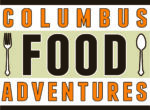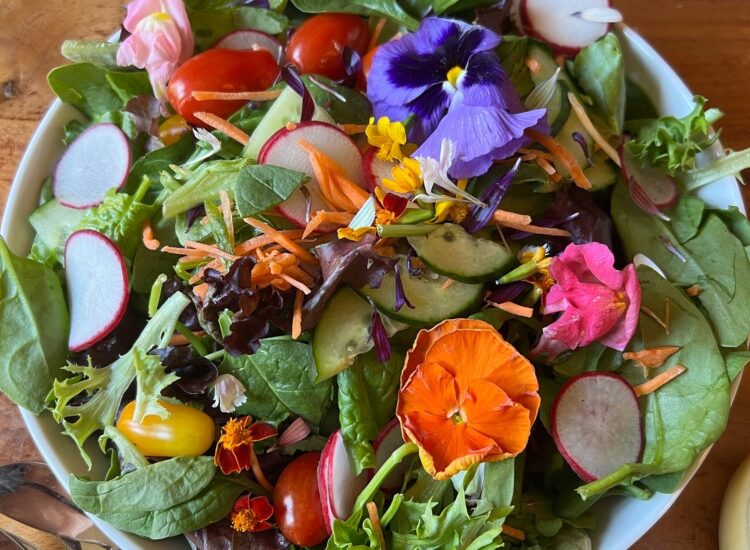
I used to buy cookbooks on impulse. Now I like to borrow them from the library. This allows me to try out some recipes and decide whether it was just fun to leaf through, or something that I would refer to again and again. Was it just the beautiful photography that drew me in or do the recipes stand up to scrutiny? Borrowing a book from the library also gives some sense of deadline. When you buy a new cookbook it is easy to add it to the shelf and then realize 6 months later that you haven’t even opened it. A library due date forces you to make a decision: return, renew or purchase.
A Platter of Figs was recommended to my by my friend Suzanna and it certainly falls into the category of seduction through photography. It is a beautiful book with as many of the stunning photos focusing on the ingredients as the finished food. This highlighting of beautiful produce mirrors Tanis’ intent. He wants us to focus on cooking seasonal ingredients simply to bring out the flavor of the food rather than over complicating.
‘This is a book of recipes and menus, but I hope what it is, too, is a book about cooking by instinct–
improvisational, the sort of cooking that doesn’t need a recipe.’
The book starts with a glowing foreward by Alice Waters (one of Tanis’ former employers) and a exposition by Tanis called ‘A Way to Eat’. Here he explains his philosophy on cooking and eating and gives some biography to show us how his ideas developed. I enjoyed this personal introduction and context and immediately warmed to Tanis (who originally comes from Ohio!) He urges us to know our ingredients before we decide what to do with them. For example with the metaphorical figs of the title, if they are perfectly ripe enjoy them unadulterated, if they are not the flavor can be enhanced with a drizzle of olive oil, or they can be roasted to bring out the flavor and sweetness.
The recipes are presented by season, an approach that I have also enjoyed in Peter Berley’s cookbooks, and then divided into menus. There are six menus for each season each accompanied with background stories and explanation of ingredients. One of my favorites was ‘Yellow Hunger’ a summer menu of shaved summer squash with squash blossoms, grilled halibut with indian spices and yellow tomatoes and peaches in wine. Both the names of the menus like ‘Slightly All American’, the photos and the recipes are enticing.
Tanis draws on a variety of food cultures with Italian, French, North African, Mexican and Spanish influences. Some of the recipes are almost just suggestions of how to serve beautiful produce (sliced tomatoes with sea salt). Some are more involved (green lasagne with greens), but all accessible. There is a mix of familiar and some less common ingredients (persimmons and pigs ears).
In the same way that I love Nigel Slater’s food diary, I loved the personal accounts and introductions. Tanis is full of good advice, such as how to successfully grill chicken and how to crush garlic, and you really feel that he wants to share his wisdom and experience.
This is definitely a cook book I would purchase, but for now maybe I will renew it one more time….



